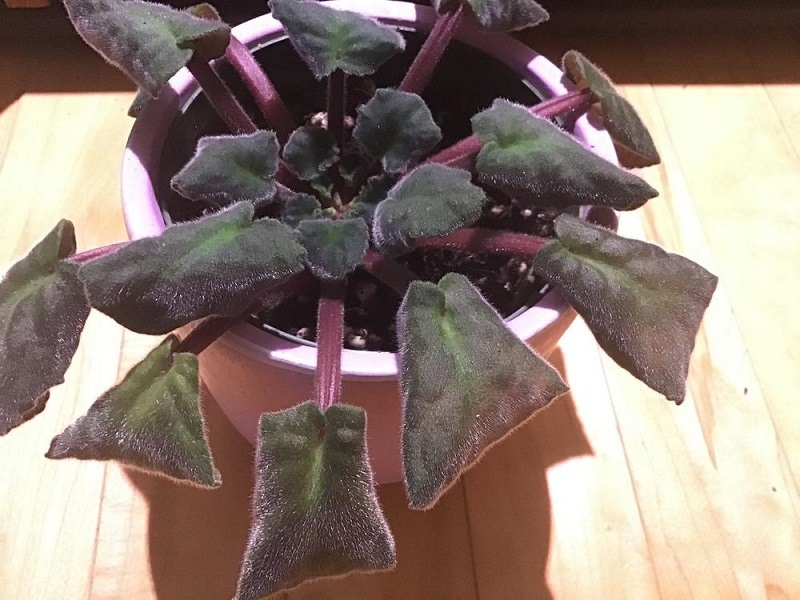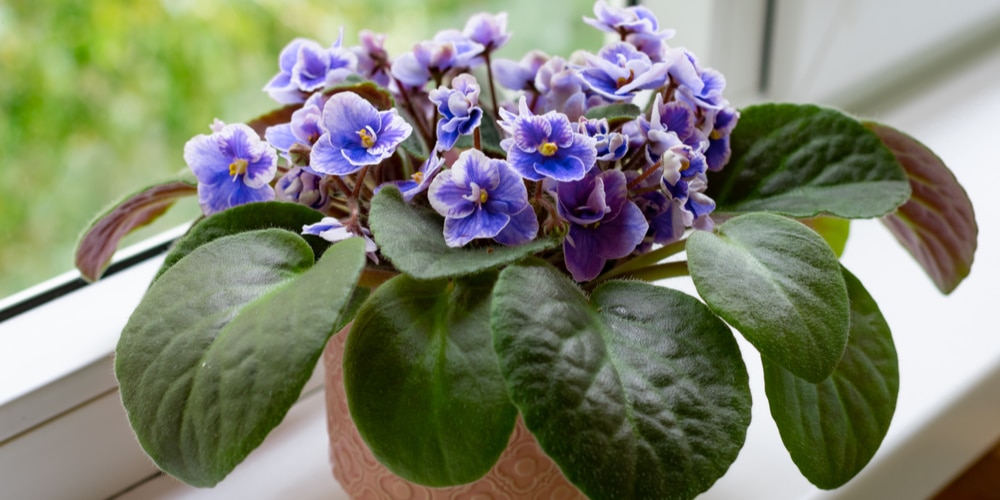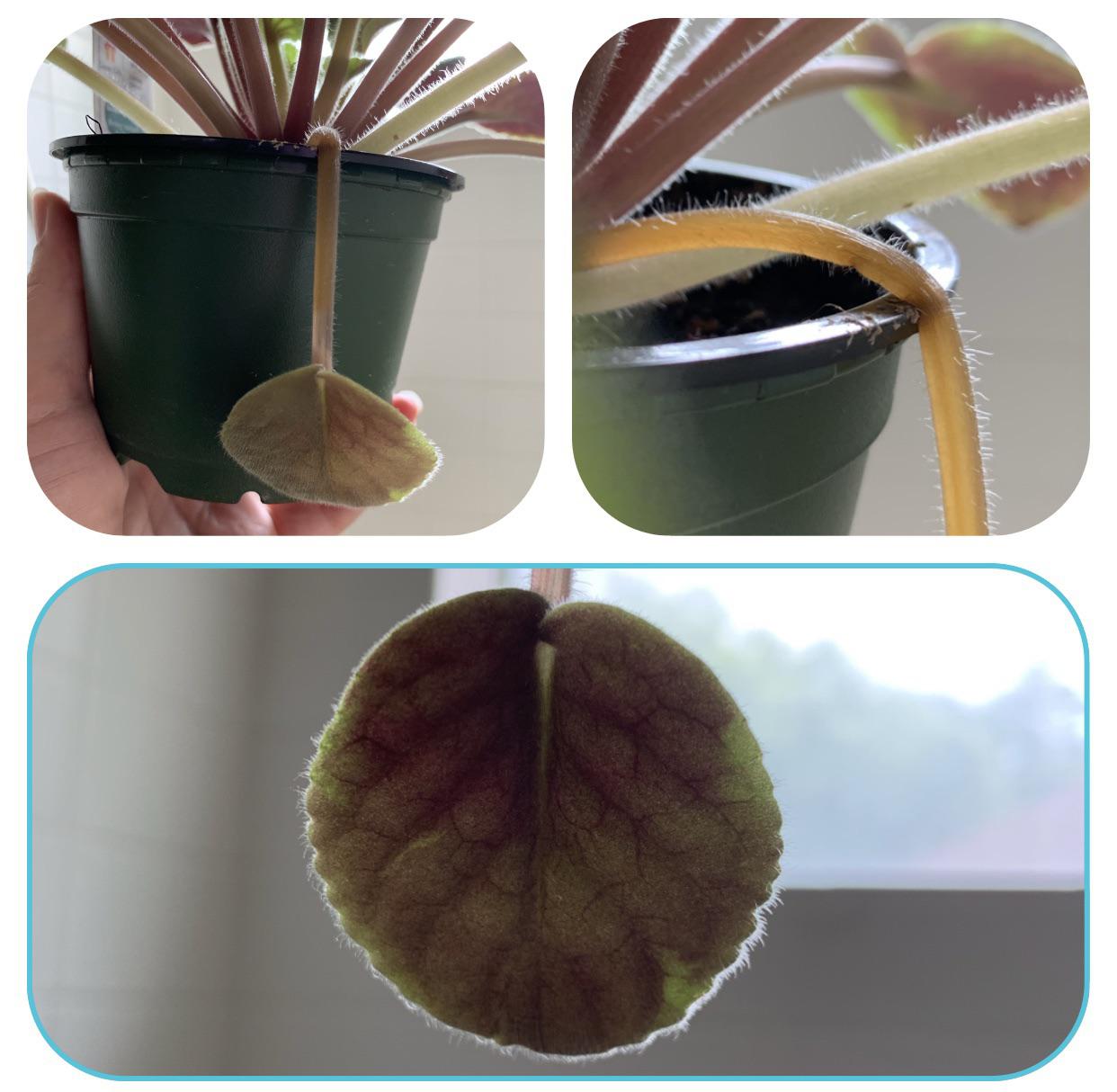African Violets (Saintpaulia) are beloved houseplants known for their stunning blooms and lush foliage. However, one of the most common problems faced by owners is the wilting of leaves. Wilted leaves can indicate a variety of issues, and understanding these can help you restore your plant to health. This comprehensive guide will delve into the causes of African Violet wilted leaves, effective solutions, and preventive measures to keep your plants vibrant and thriving. 🌱
Understanding African Violets
African Violets are native to Tanzania and are a part of the Gesneriad family. They thrive in indoor conditions, and their beautiful purple, blue, pink, and white flowers add color to any space. Despite their resilience, they can be susceptible to several environmental stressors that lead to wilting.
Common Causes of Wilted Leaves
To effectively treat wilted leaves on African Violets, it’s essential to understand the underlying causes. Here are the most common reasons:
1. Underwatering
One of the primary reasons for wilted leaves is underwatering. African Violets require consistent moisture but not waterlogging. If the soil dries out completely, the leaves will start to droop.
2. Overwatering
Conversely, overwatering can also lead to wilting. When the roots are submerged in waterlogged soil, they can suffocate, leading to root rot and subsequently wilted leaves. 🤦♂️
3. Low Humidity
African Violets thrive in humidity levels between 40% to 60%. Low humidity can cause leaves to wilt and become crispy at the edges.
4. Temperature Extremes

Extreme temperatures can also stress African Violets. They prefer a stable temperature between 65°F to 75°F (18°C to 24°C). Prolonged exposure to drafts, heat sources, or cold can lead to wilting.
5. Nutrient Deficiencies
A lack of essential nutrients, particularly nitrogen, can result in wilted leaves. Proper fertilization is crucial for healthy plant growth.
6. Pests and Diseases
Insect infestations or diseases like powdery mildew can affect your African Violet. Check for visible pests or fungal infections that may be the cause of wilting.
Signs and Symptoms
Recognizing the signs and symptoms of a wilting African Violet can help you diagnose the issue effectively. Below are key indicators to watch for:
| Sign/Symptom | Description |
|---|---|
| Drooping Leaves | Leaves hang down instead of standing upright. |
| Crispy Edges | Leaf edges become dry and brown, indicating moisture loss. |
| Yellowing Leaves | Leaves turn yellow, signaling potential overwatering or nutrient issues. |
| Stunted Growth | Overall plant growth slows, leading to smaller blooms and leaves. |
Treatment Solutions: African Violet Wilted Leaves

Once you’ve identified the cause of your African Violet’s wilted leaves, you can take steps to treat the issue. Here are some effective solutions:
1. Adjust Watering Practices
Monitor your watering habits closely. Ensure that the top inch of the soil is dry before watering again. Use room temperature water and water the plant until it drains from the bottom of the pot. 🌊
2. Increase Humidity
If low humidity is the issue, consider the following methods to raise it:
- Group your African Violets with other plants.
- Place a humidifier nearby.
- Use a pebble tray filled with water beneath the pot to increase moisture levels.
3. Monitor Temperature, African Violet Wilted Leaves
Keep your African Violets away from heating vents or cold drafts. Maintain a stable temperature that falls within their preferred range. If the temperature fluctuates significantly, it can lead to stress and wilting.
4. Fertilization
Regular fertilization is key to preventing nutrient deficiencies. Use a balanced, water-soluble fertilizer every 4-6 weeks during the growing season (spring and summer). Consider using a fertilizer specially formulated for African Violets. 🥦
5. Pest Control
Inspect your plant regularly for signs of pests like aphids, mealybugs, and spider mites. Treat infestations promptly with insecticidal soap or neem oil.
6. Fungal Disease Management
If your African Violet shows signs of fungal disease, remove affected leaves and ensure adequate air circulation around the plant. Consider using a fungicide if necessary.
Preventive Measures
Preventing wilting leaves is often easier than treating them. Here are some best practices to maintain the health of your African Violets:
1. Use Quality Soil
Ensure your African Violet is planted in well-draining soil designed for their specific needs. A mix of peat moss, perlite, and vermiculite is often ideal.
2. Provide Adequate Light
African Violets require bright, indirect light to thrive. Place them near a window with filtered sunlight or provide artificial grow lights. Avoid direct sunlight, which can scorch the leaves. ☀️
3. Rotate Your Plants
Rotate your plants periodically to ensure even light distribution. This can help prevent leggy growth and promote even flowering.
4. Repot When Necessary
Repot your African Violet every 1-2 years to refresh the soil and give the roots more room to grow. This can help prevent soil compaction and improve drainage.
Note: Avoid repotting during the flowering stage to minimize stress on the plant.
Common Myths About African Violets
There are several misconceptions surrounding African Violet care. Let’s dispel some of the most common myths:
1. African Violets Thrive on Neglect
This myth can lead to the assumption that these plants require minimal care. While they are relatively hardy, neglect can lead to serious health issues, including wilting.
2. Overwatering is Always Bad
While overwatering is detrimental, some African Violets benefit from slightly moist soil. It’s crucial to find the right balance.
3. All Light is Good Light
Not all light is beneficial for African Violets. Direct sunlight can scorch their delicate leaves, causing more harm than good. 🌼
4. You Should Water from the Top
Watering from the top can lead to fungal infections. It’s better to water from the bottom by allowing the plant to soak up moisture through drainage holes.
Conclusion
Addressing wilting leaves on African Violets requires understanding their specific needs and environmental conditions. By following the Artikeld strategies for treatment and prevention, you can ensure your African Violets remain healthy and vibrant. With proper care, these beautiful plants will reward you with stunning blooms and lush foliage for years to come. Happy gardening! 🌻
